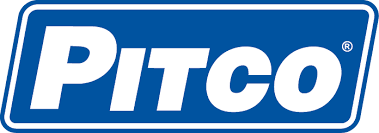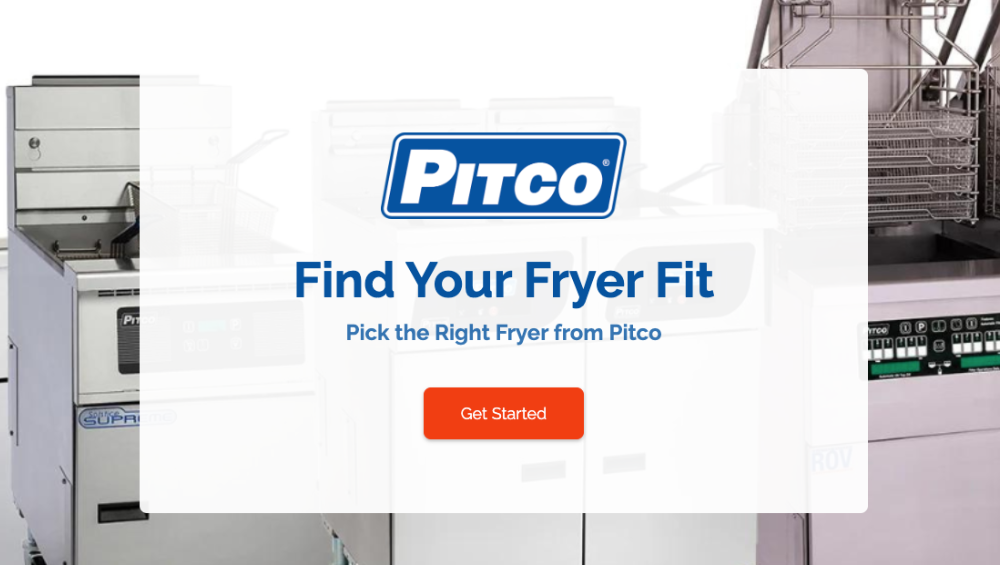The Pitco Passport: Elevating Fried Middle Eastern Cuisine

Middle Eastern cuisine is bold, vibrant, and built on tradition, and frying is at the heart of many beloved dishes, from crisp falafel to golden samosas. These foods aren’t just sides or snacks. They’re essential parts of the meal and must be served hot, fresh, and consistent every time.
For commercial kitchens focused on Middle Eastern menus, a high-performance fryer is one of the most essential tools in the back-of-house. Operators in high-volume foodservice environments rely on precise temperature control, quick recovery times, and efficient oil management.
A Deep Dive into Middle Eastern Fried Foods
There are many iconic fried foods of Middle Eastern origin, including falafel. Fried until crunchy on the outside and soft on the inside, these chickpea patties are served in wraps, bowls, or on their own. Perfection comes from creating a crispy exterior while retaining delicate moisture inside. Frying technique is a critical part of that component.
Kibbeh is another favorite. It features a bulgur wheat shell stuffed with seasoned meat and deep-fried until golden. Even samosas, which have roots in South Asia, are now a typical fried snack across the region. Each dish showcases how frying adds richness and versatility to Middle Eastern cuisine.
The Rising Demand for Fried Middle Eastern Cuisine
Consumer preferences are shifting across the region. More diners in the Middle East seek high-quality fried foods in quick-serve and casual dining restaurants. At the same time, western favorites like fried chicken are gaining popularity. One consistent marker? The prevalence of fried foods.
At the same time, Middle Eastern cuisine is also spreading across the United States. As we see in numerous food trend surveys, ethnic foods such as those from places like Lebanon, Israel, and Turkey are continuing to gain favor with today’s diners. With the growth of these concepts comes the need for operators to deliver quality while maintaining efficiency in service.
Staying Competitive with Innovative Fried Menu Offerings

Consider one of the more popular Middle Eastern chains. In the U.S., restaurants like CAVA popularize falafel-based bowls, seasonal fries, and customizable meals that blend tradition with modern preferences.
CAVA’s approach is working. The fast-casual chain went public in 2023 and now operates more than 300 locations. The company plans to reach 1,000 locations within the next decade. With an average unit volume of more than $2.4 million, CAVA outperforms many competitors in the category. Much of this growth is tied to delivering flavorful, fried menu items such as falafel that appeal to modern diners who want bold flavor and better-for-you options.
The opportunity is clear. Whether it’s a QSR or a fusion concept, the right fryer allows operators to expand their menu, test new ideas, and keep service moving during peak times.
Choosing the Right Fryer for High-Volume Middle Eastern Kitchens
Consistency matters in Middle Eastern cuisine, especially when dishes are batch-fried throughout the day. High-volume kitchens need equipment that can keep pace. A well-designed fryer should maintain temperature, recover quickly between batches, and support built-in filtration to reduce downtime and oil waste.
But not every kitchen is the same. Whether the menu is traditional or modern or the space is limited or expansive, selecting the right fryer setup can be challenging. The Pitco fryer selector tool helps operators narrow down the best-fit models based on service style, kitchen layout, and volume. It’s a practical way to ensure the fryer supports both menu consistency and speed of service.
Topics
- Foods & Trends (91)
- Fryers (87)
- Oil (57)
- Fried Food (52)
- Filtration (32)
- See All Topics

